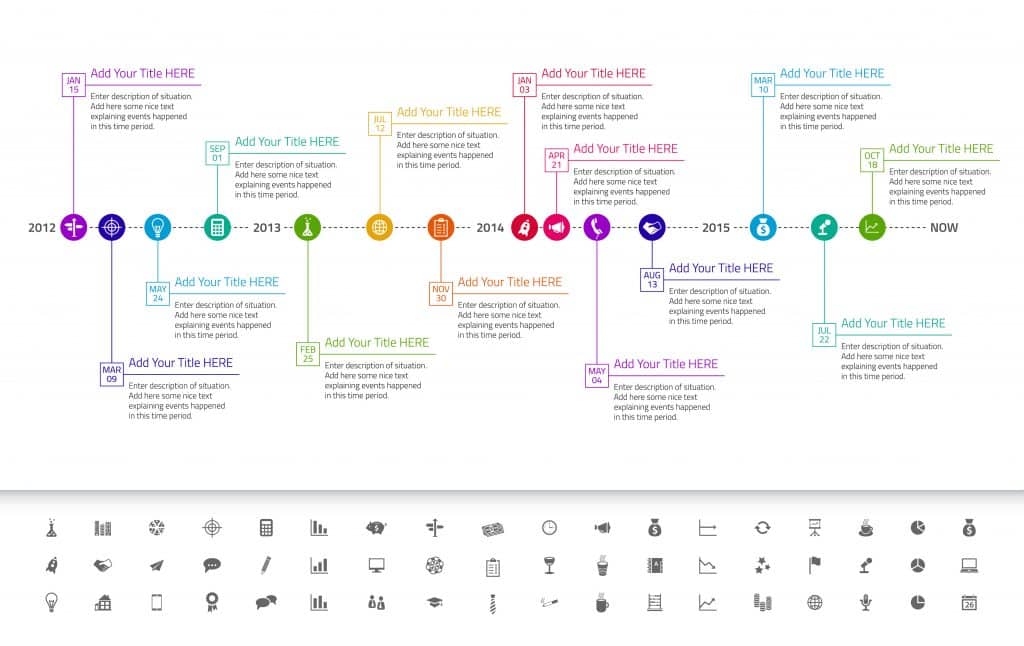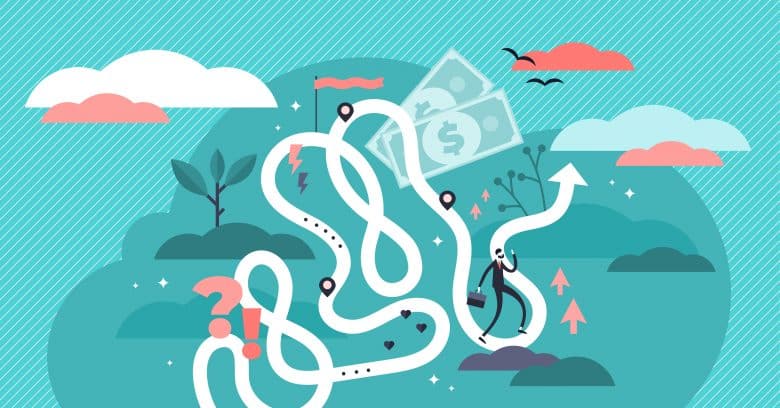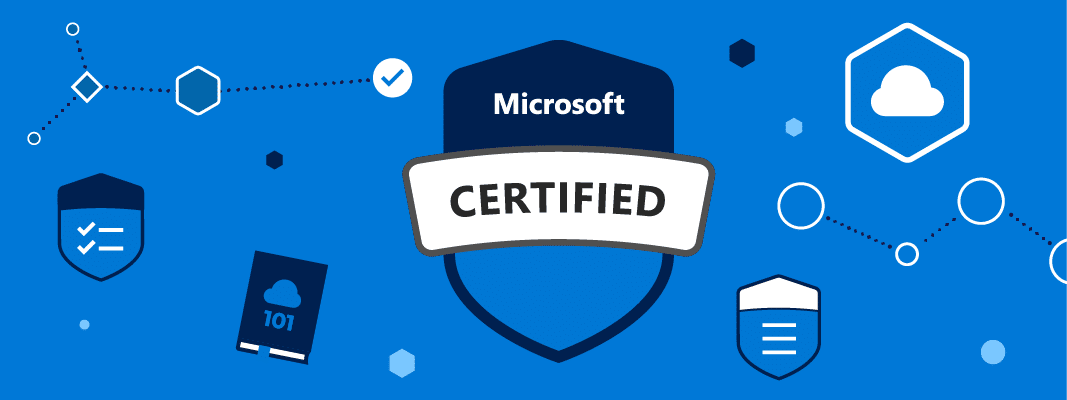With digital innovations, story mapping has become digital as well. It means you can do story mapping using software and other technological advancements and veer from the traditional way of story mapping. Moreover, story mapping is not limited to industries making films, but businesses also use it to either understand their users better or present their products to their investors or target audiences.
With user story mapping, you can map out the user journey while using the software. These are also called high-level goals or MVP, and they intend to find the most important high-value features of your product. On the other hand, product story mapping focuses on presenting the products or services of a business. Product creation is all about mapping the story of your product. By doing this, you’ll create the documentation that will help you develop features to keep your customers engaged and achieve the goals you’ve initially set.
By using software programs, you can do story mapping easily. Here’s how it works:
Understand User’s Journey
As you plan the user experience, you can use story maps to identify which features will have the most value to your users. Then design and write a list of these features using user story points. That way, you can weigh the importance of each feature and rank them easily. Although you need to describe each feature clearly, you only need to use one or two sentences in the story map that can be easily understood by anyone in the team.
Importance Of Story Mapping

The purpose of a product’s story map is to describe how your product works by telling your business’ whys and benefits. By doing this, your customer can better understand what they’re getting into. For example, if you give a product a story map, it’ll tell the story of how it was created, its architecture, its features, its uses, its configuration, and the like. An excellent story map can help your customer better understand your software.
A story map also tells how your product improved and what you need to do next. It tells your business’ story and the value your business can offer to your potential clients.
Story mapping can also help you determine which features you need to prioritize in your product. You might need to add a feature after you think you’ve accomplished everything else you want to add to your product. You might need to remove something because you need more user-centered features, or you might need to change how users interact with your software. Story mapping gives you an opportunity to develop your product based on your customers’ experience.
Doing Story Mapping
With story maps in software programs, you can create this kind of documentation by yourself or hire a product creator to develop the mapping for you. When you hire a product creator, you can get more customized story maps since they’re experienced and have more knowledge in using story maps. However, you can still do it on your own since these story mapping apps have easy-to-use features so you can create your own template according to your needs. A custom story map can work for your product as long as it’s specifically designed to suit you and your particular product.
You can even use the story map templates that some apps offer. That way, you only need to input data and the rest will be done by the app. You just need to write a short description of your product on each template and use it to map out its different parts. User story mapping can help you write an exciting and engaging story that will tell your customer all about your product and the features they can benefit from.
After using an app to make a story map, you can then export the story map directly to a Word document and use them however you like. You can even use it to check if your existing features are following the story, giving it a test run. After running it and finding you need to amend features or areas on your presentation, you can easily do so using the same user story mapping app.
Since they’re automatically saved, you won’t have to start from scratch and write the presentation all over again. Just edit the parts of your story map that needs revision, and you’re good to go.
Doing User Story Mapping
As mentioned, User Story Mapping (USM) is basically a method used to map out a user’s journey from concept to product creation through various stages. An MVP (user model) is also required and is usually given to a client to create the desired user experience.
A user story map is about creating a detailed and cohesive user story. The story maps are generally designed to collaborate with clients, project managers, and a team of programmers and designers. A well-thought-out story map will guide the development of the program while still being understood by all involved. Here are some considerations that should be taken when making a USM:
- Planning and conceptualizing the user story map is the first step. Many good software packages will automatically generate user story maps. However, it is essential to have a rough outline or plan to stay focused and not get sidetracked. You can use a simple diagram or graph, but it is also helpful to visualize the process on paper first. When you have all the necessary information ready, you will then need to review and revise your ideas and see if they will fit together with the rest of the program.
- Designers and programmers need to have the necessary knowledge about the products and services. This allows them to clearly define the user experience’s desired outcome and what exactly it should look like. Once this information is complete, it is necessary to map it out to know where everything stands.
- It’s essential to think about the user experience from all different angles. You need to consider the product, users, requirements, and the project. You also need to consider how to make it user-friendly, where the users will find the information they need, and what kind of customer support you can provide.
- USM is essential because it can make a new software easier to use. It can help make sure that every step you take is clearly defined and understood by all team members. It also helps to avoid any unnecessary delays or cost overruns. It’s also essential that the software program has a clear and well thought out user interface. This way, the user can focus on the main points of functionality and less on details.
Conclusion
With so much software to use, a story map is beneficial for many business owners. Using software programs in user mapping is not hard to learn once you get the hang of it. From presenting your products to your customers, a story map can help you in many aspects of your business.
If you want to understand your users to improve or create products or services, a story map is also useful. All you need is software that can cater to your story mapping needs.














Leave a Reply